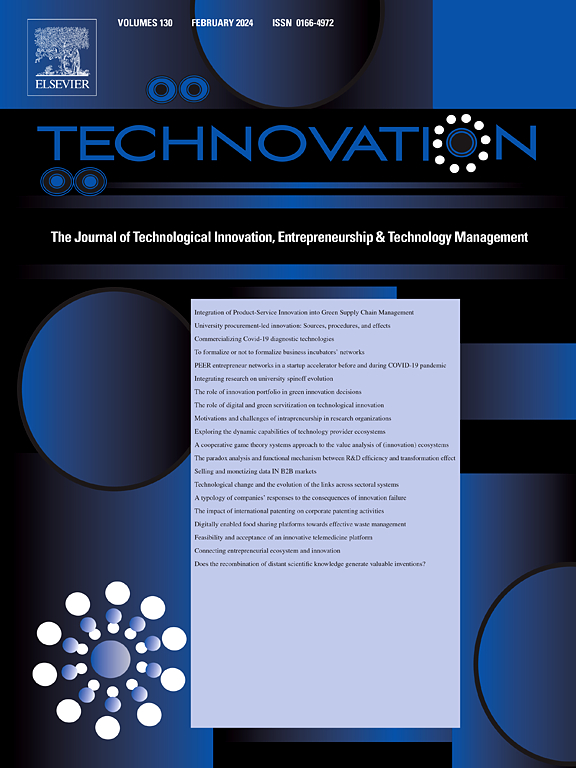Digital transformation and rural healthcare disparities: A mixed-methods approach in India
IF 11.1
1区 管理学
Q1 ENGINEERING, INDUSTRIAL
引用次数: 0
Abstract
Healthcare disparity is a major issue for Universal Health Coverage (UHC) faced by countries across the globe. It results in hardship for people living in rural areas who need healthcare services, ultimately impeding their right to health. A key digital transformation component, 'Telemedicine,' has the potential to reduce this healthcare disparity by offering virtual consultation, diagnosis, and treatment, thus leading to better healthcare access. However, research and practice on telemedicine adoption in rural healthcare systems (RHS) is nascent. The present study addresses this issue by examining the barriers to telemedicine adoption and mitigation strategies through a mixed-method study of India's RHS. In the first phase, the Grey Decision Making Trial and Evaluation Laboratory (Grey-DEMATEL) method is used, which identifies seventeen barriers that impede telemedicine adoption in RHS and unearths the causal relationship between them. In the second phase, a qualitative approach is used, which helps propose barrier mitigation strategies under three heads: Patient Acceptance, Physician Buy-in, and Policy Support, referred to as the "3P framework". A total of 10 strategies are proposed under this 3P framework to strengthen the RHS. The study results provide valuable insights to policymakers and decision-makers working towards healthcare digital transformation, UHC, and improving RHS.
求助全文
约1分钟内获得全文
求助全文
来源期刊

Technovation
管理科学-工程:工业
CiteScore
15.10
自引率
11.20%
发文量
208
审稿时长
91 days
期刊介绍:
The interdisciplinary journal Technovation covers various aspects of technological innovation, exploring processes, products, and social impacts. It examines innovation in both process and product realms, including social innovations like regulatory frameworks and non-economic benefits. Topics range from emerging trends and capital for development to managing technology-intensive ventures and innovation in organizations of different sizes. It also discusses organizational structures, investment strategies for science and technology enterprises, and the roles of technological innovators. Additionally, it addresses technology transfer between developing countries and innovation across enterprise, political, and economic systems.
 求助内容:
求助内容: 应助结果提醒方式:
应助结果提醒方式:


